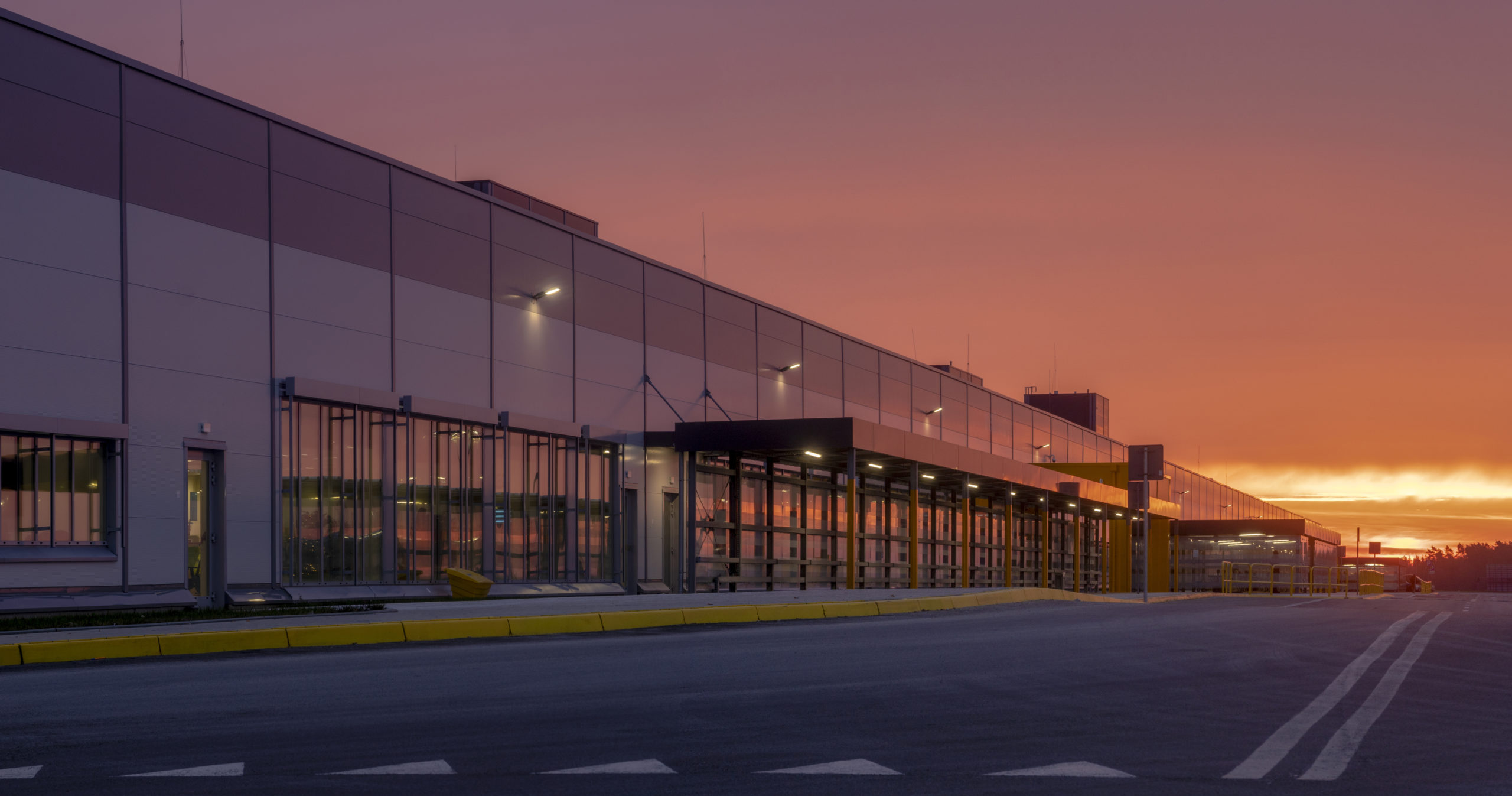Dark Stores: The Future of Retail
When COVID-19 was declared a global pandemic in early 2020, almost every aspect of what we considered to be normal life was impacted. Travel was halted, jobs and education became virtual, and human interaction was limited to the members of a single household.
The retail experience was another sector that was severely impacted. For several months, even going to the grocery store felt dangerous and uncharted. This, coupled with the ever-growing demand for online delivery options, all types of retailers have had to rethink the ways in which they deliver their products to consumers.
One solution was implementing dark stores, otherwise known as distribution outlets or micro-fulfillment centers. These retail solutions have become very profitable for businesses of varying sizes over the course of the past few years. But you may be wondering what is a dark store and how does it work. Let’s break it down.
What is a Dark Store?
A dark store is just similar to a regular store where goods are stocked and organized in aisles of shelving. The difference is that the store is not open for in-person shopping, meaning customers will never actually enter the store.
Instead, orders are placed online and are packaged by staffs. Some stores even use robots to automate the picking and packing process. The order is then either delivered or shipped to the customer directly or to a pick-up location nearby. Some stores will also allow for customer pick-up.
Dark stores are often located in the suburbs or on the outskirts of a city. Delivery trucks will make several trips into the city throughout the day in order to get deliveries to customers as quickly as possible.
All types of retailers, from grocery stores to clothing stores, are starting to implement dark stores. Some businesses have shut their doors completely to customers and now only use the dark store model, whereas others still have separate in-person locations.
What are the Benefits of Dark Stores?
The most recent and pressing benefit of dark stores is, of course, their ability to limit the requirement for in-person interaction, thus managing the spread of COVID-19. Dark stores, however, have several benefits that will persist even as we recover from the pandemic.
- Order accuracy
- Delivery speed
- Convenience
- 24/7 operation
From the retailer’s perspective, dark stores helps businesses to save money on in-store advertising and signage as well as have better inventory management.
Beyond the Dark Store
While dark stores surely make for faster and more efficient order fulfillment, REEF has developed a model that goes even further. By activating modular distribution centers in bustling city neighborhoods, retailers can get order to their customers in as little as 10 minutes.
These micro-fulfillment centers bring the products closer to the customer and eliminates the need for multiple trips from outside the city. This not only decreases delivery time but also cuts back on emissions and brings jobs back into the local community.
Online delivery options have been in demand for several years now, and it looks like their popularity is only continuing to grow. The pandemic has made it so customers are now used to being able to click a few buttons on their phone and have whatever they need show up at their door minutes later. Because of this, it is very likely that we can continue to see fulfillment centers take over the retail experience.

